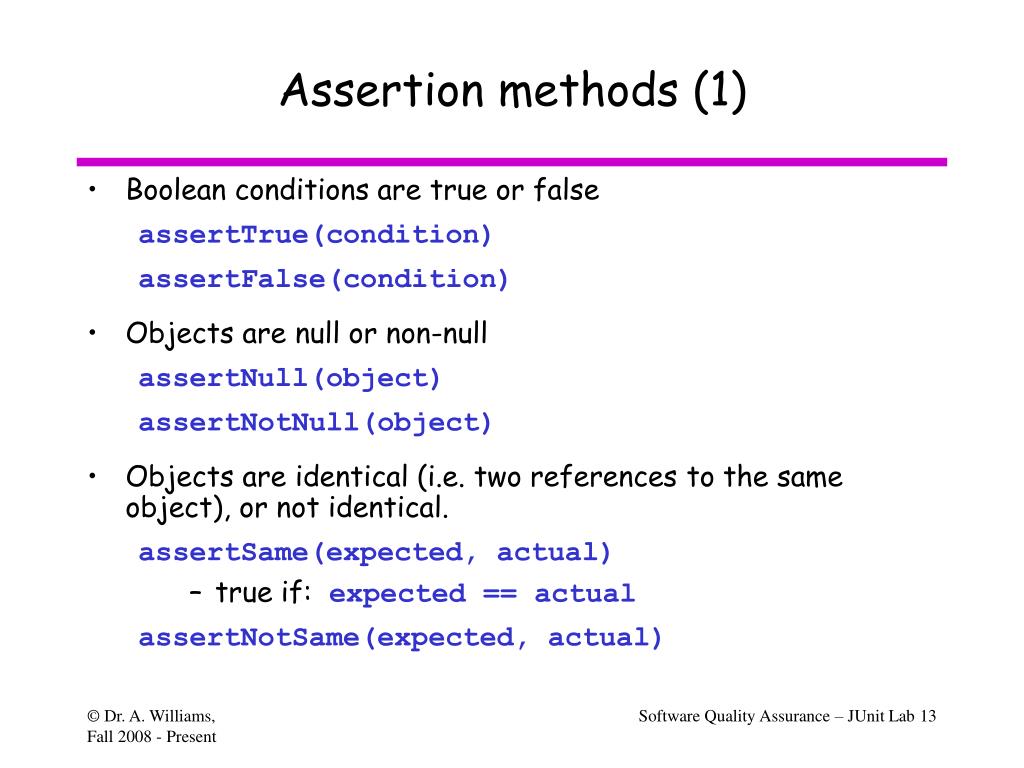

It also supports the use of Boolean operators and custom noise word lists as well as the basic searching features available in keyword searches. Agent configuration - adding more CPU cores to an existing search server will make searches faster without any additional configuration.Relativity's dtSearch engine provides advanced search functionality such as proximity, stemming, and fuzzy searches across any field type.Because of this, there should only ever be one search agent running on any given agent server. Unlike other agents, however, the dtSearch search agent will utilize all resources on the server it is running on.


Subindex size - this number represents the maximum size of each subindex and the number of subindexes.Agent server configuration - for some other processes in Relativity, it is better to have many small agent servers, as opposed to a few large agent servers, or vice versa.If shared storage is involved or the local storage is not sufficiently isolated and fast, then you should use the default index share.Relativity recommends that you test any changes on your hardware before committing to any system-wide configuration changes. In a virtual environment with shared storage, changing from the default may result in diminished performance due to additional data copy activities performed through the index build. Use caution when modifying this setting.Agent temporary directory - you can now configure agent servers to use specific UNC paths for dtSearch builds, which allows system admins to segregate storage by agent server (reducing contention) or to use a NAS with faster write speeds (for building) without impacting the NAS which is optimized for reads (for searching).Adding more agents than the number of sub-indexes currently building will result in excess agents sitting idle. Only one agent can work on one sub-index. Agent count - often the easiest and most intuitive way of making dtSearch indexes build faster is to add more dtSearch index worker agents to the job.Refer to the information below when deciding how large to make a dtSearch sub-index. Test scenarioĭtSearch index build and STR settings dtSearch index build and STR settingsĮxtracted Text, Document Identifier, Group Identifierįor more information about the data set details, see Data set details.įor more information about the environment configuration for this test, see Environment details. 10,000 terms, each of which matched at least 1,000 documents, were chosen as the terms used for the terms used in the STR. For example, proximity search, Boolean conditions, or wildcards. Data Grid and Search Terms Report resultsĭata Grid and Search Terms Report resultsįor Performance testing purposes, each term within the STR was a simple keyword no advanced searching functions were present.Relativity’s Search Terms Report (STR) simplifies the process of identifying documents that contain a specific group of keywords. Relativity’s dtSearch engine provides advanced search functionality such as proximity, stemming, and fuzzy searches. For more information, see Performance baselines and metrics considerations. It should not be used as a benchmark of what you expect to see in a production client environment due to differences in data, infrastructure, and configuration. The performance baselines and recommendations documentation is meant to be used as a reference to track overall Relativity performance from version to version.


 0 kommentar(er)
0 kommentar(er)
